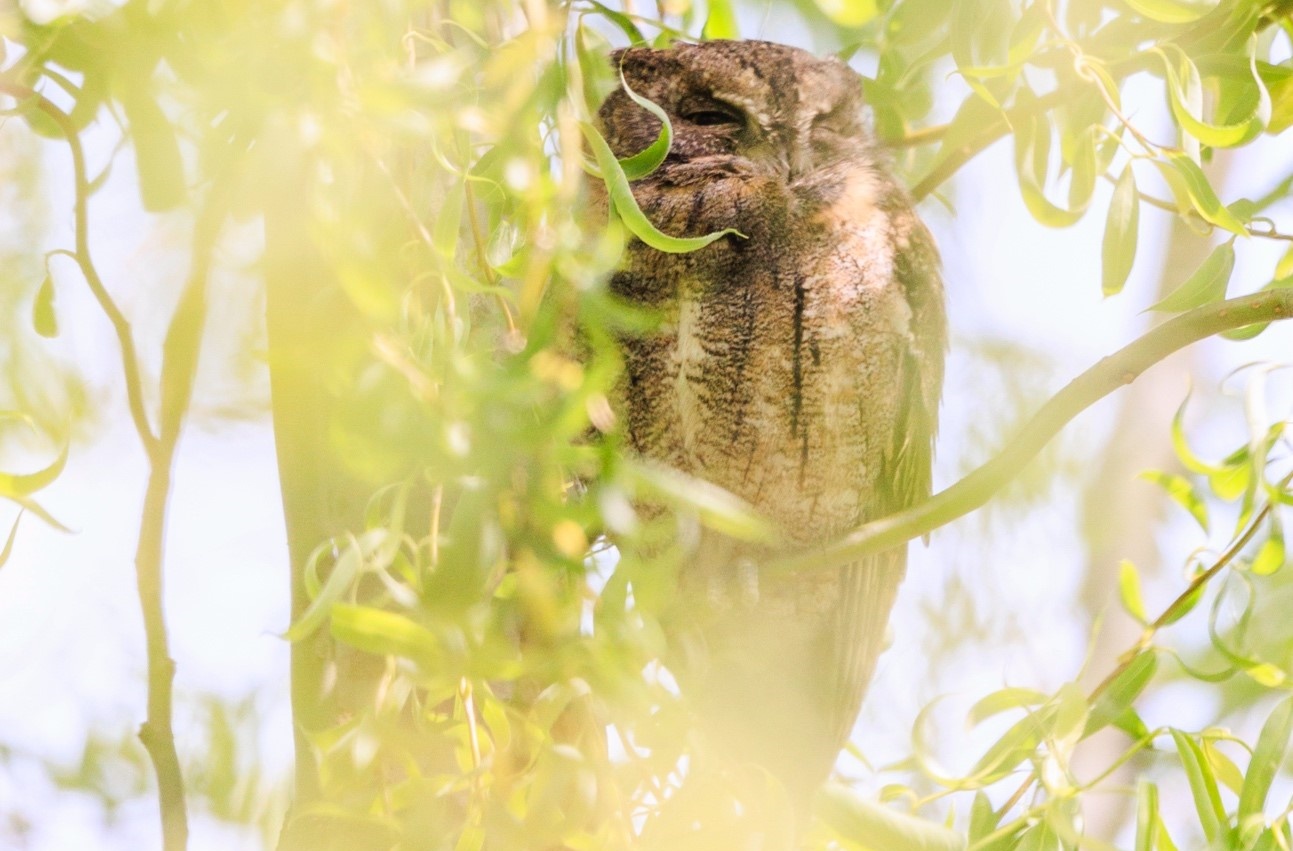清华大学校园鸟类多样性特征与环境关联
- 曾子轩 ,
- 杨锐 ,
- 黄越 ,
- 陈路遥
- 1. 清华大学建筑学院景观学系, 北京100084; 2. 清华大学国家公园研究院, 北京100084; 3. 中国农业大学园艺学院风景园林系, 北京 100193
收稿日期: 2024-08-18
修回日期: 2024-12-08
网络出版日期: 2025-03-31
Characteristics of bird diversity and environmental relationships in Tsinghua University campus
- ZENG Zi-Xuan ,
- YANG Rui ,
- HUANG Yue ,
- CHEN Lu-Yao
1 Department of Landscape Architecture, School of Architecture, Tsinghua University, Beijing 100084, China
2 Institute for National Parks, Tsinghua University, Beijing 100084, China
3 College of Horticulture, China Agricultural University, Beijing 100094, China
Received date: 2024-08-18
Revised date: 2024-12-08
Online published: 2025-03-31
摘要

本文引用格式
曾子轩 , 杨锐 , 黄越 , 陈路遥 . 清华大学校园鸟类多样性特征与环境关联[J]. 生物多样性, 0 : 24373 . DOI: 10.17520/biods.2024373
Abstract
Aims: Urban green spaces are crucial for biodiversity conservation, and university campuses, as microcosms of urban built environments, are crucial for enhancing the quality of micro green spaces. However, existing studies on campus biodiversity often lack continuous spatial and temporal information, and fail to clarify the relationships between species and the internal structure of green spaces. This gap may hinder the optimization of small green spaces, ultimately limiting the achievement of targets set forth in the Kunming-Montreal Global Biodiversity Framework (KMGBF) and the China’s National Biodiversity Conservation Strategy and Action Plan (NBSAP) (2023–2030).
Methods: This study focused on the bird species of Tsinghua University campus, employing generalized linear models and redundancy analysis to investigate the spatiotemporal patterns of bird distribution and analyze the associations between bird community composition and green space characteristics.
Results: The study revealed that birds in university campus green spaces exhibited concentrated distributions with seasonal variations. Bird community composition was associated with the food plants richness, shrub evenness, ground coverage, artificial grass coverage, and tree coverage. Among these factors, food plants richness promoted bird abundance, species richness, and diversity, while shrub evenness promoted bird richness and diversity. Tree and artificial grass coverage promoted bird abundance only when both are simultaneously below 37.5% and 39.8%, respectively. Ground coverage negatively impacted bird richness and diversity. Furthermore, different bird residency types displayed distinct habitat preferences: Migratory birds in autumn were solely associated with vegetation structure, whereas resident and wintering birds were jointly influenced by both the physical characteristics and vegetation structure of green spaces.
Conclusion: This study suggests that, when designing urban micro green spaces in alignment with natural principles, tree and artificial grass coverage should be kept below 40% simultaneously, while enhancing the richness of food plants and shrub evenness. Additionally, increasing natural ground coverage and vertical vegetation is recommended. The study provides both quantitative and qualitative recommendations for creating near-natural urban micro green spaces, providing a scientific foundation for achieving the goals of KMGBF and NBSAP in improving urban blue and green spaces quality.
